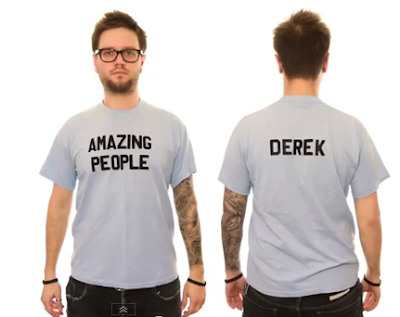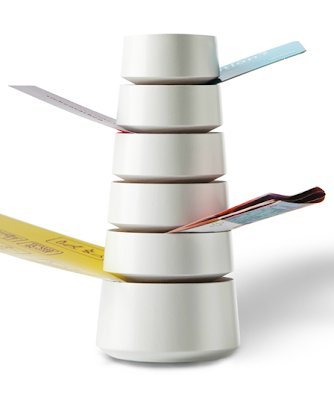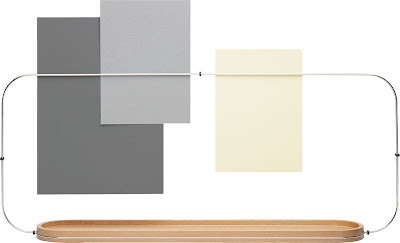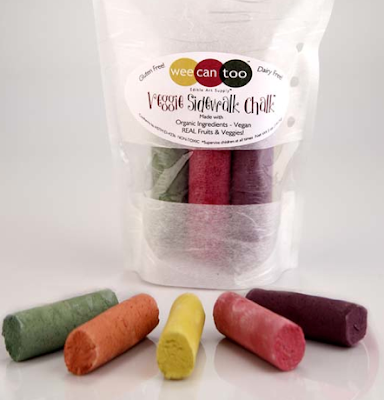
The recent rainstorms in the San Francisco Bay Area have me thinking about umbrella holders again. The one above is delightful; however, it comes from Cosatto in Italy, and I haven't found any way for those of us in the rest of the world to get our hands on it. However, I've got others to show you, which are easier to find.

For example, here are some umbrella stands made from recycled rubber.

This wicker umbrella stand from The Basket Lady has a removable metal liner, and plastic feet to protect your floor.

If you're in the UK, it would be easier to get this willow umbrella basket from Jonathan Gordon, based in Bury St Edmonds.

But some of the most intriguing umbrella stands come from Europe, and not all of them have U.S. distributors. This umbrella stand, which is available in 180 colors, comes from Mes IDO in France — and the only online sales site I found is also in France.

This is the Circo umbrella stand, from Miniforms — an Italian company. I found numerous online vendors in Italy and one in Australia — but nothing closer to home for those of us in the U.S.
This umbrella stand, called the Usha, comes from ClassiCon in Germany, and ClassiCon does sell it online; I also found a U.K. source. However, ClassiCon also lists a number of stores — in numerous countries — which carry its products. (via ArchiExpo)

Tonin Casa, another Italian company, makes the Narciso umbrella stand, which I found at Co-founded in the U.K. and various sites in Italy — and Spacify in the U.S. This one's made of metal, which wasn't immediately obvious to me from the photos.

And finally, here's an umbrella stand from Toma, in Montreal; it comes in black and white. Toma ships worldwide, so any of us could get this one. It's also been featured on Fab.
Related Posts:
20 Unusual Umbrella Stands from $41 to $700
Winter in California: Time for Umbrella Stands
Umbrella Stands from Around the World









































